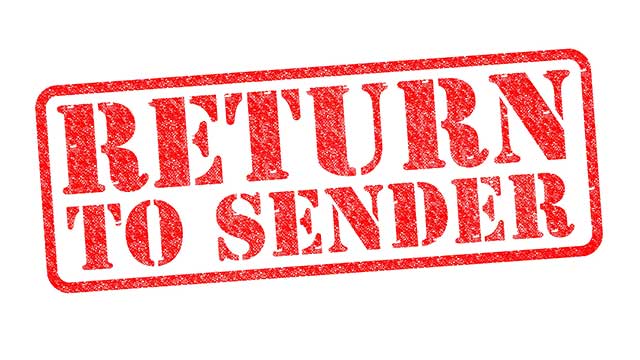Planning and Managing Peak Returns Season
Peak Season Returns: Reducing Your Cost. Overall, holiday’s sales this year appear to have been robust, with Mastercard reporting total retail sales were up 3.4% year-over-year for the period of November 1st to December 24th. Online sales represented 15% of the total, with total e-commerce sales up 19% over last year.
And now a new year is upon us and the flood of holiday returns has begun, with UPS estimating that 1.9 million return packages entered the UPS network on National Returns Day (January 2nd ). That figure represents a 26% growth in returns over 2018. The increase highlights the continual rise of e-commerce and the resulting surge in returns via delivery services.
So, with holiday sales booked and your attention now firmly set on managing peak returns season, let’s take a moment to identify areas you can audit this year to prepare for next year’s peak returns season.
The Challenge
Raj Subramaniam, EVP of Global Strategy and Marketing and Communications for FedEx, in an earnings conference call estimated that 15% of all goods purchased online are returned, with clothing returned at about double that rate. January, the peak month for the retail returns business, accounts for approximately 51% of the returns in a given year. With an ever-increasing percentage of shopping happening online, management of your reverse logistics process can be the difference between profit or loss for the year.
Not convinced? Let’s take a look at the numbers: The Reverse Logistics Association estimates that a well managed “return and repair” process should account for approximately 10% of a business’ total supply chain costs. But, if that reverse logistics process bottlenecks, those costs can compound, easily reducing profits by 30%. In addition, don’t discount the impact that a poor reverse logistics process will have on branding, customer satisfaction, and future sales. In fact, according to an Aberdeen Group study, improving your reverse logistics process can lead to an increase in revenue of up to 5% of your total sales. Having those facts in your back pocket should shift your mindset in regard to your reverse logistics processes – instead of a cost of doing business – view your reverse logistics processes as a hidden avenue to improved brand perception and customer satisfaction as well as a vehicle to greater profitability and sales.
In this article we’ll focus on three areas key to an efficient, more profitable reverse logistics process:
- Planning for space and labor
- Leveraging analytics to understand return patterns and processing costs
- Clearly define your returns process by SKU
Space and labor
A critical component to managing your reverse logistics is to create the flexibility needed to adjust space and labor to effectively manage the volume of returns that your business will face in the first quarter of the year. Your ability to maximize your recovery rate on inventory will be tied to timely processing of returns and overstocks. In regard to warehouse management, this may mean identifying excess space in another company warehouse, renting storage trailers, or arranging for a short-term lease on a nearby facility.
And when it comes to managing your labor requirements during peak returns season, the answer is usually taking on part-time labor to meet the short-term tsunami of in-bound product. Keep in mind that during this period part-time labor is in short supply so plan accordingly. Ask yourself, when it comes to recruiting part-time labor, are you fishing in the same pond as your competitors, or have you taken the time to explore labor pools that they may be overlooking? Retirees, individuals with disabilities, students (high school and college), “gig” workers, faith-based groups – there are always people looking for flexible, part-time work if you’ve planned ahead to create the contacts and networks needed to find them
And remember, when it comes to managing space and labor, make sure you don’t fall into the trap of only focusing on the extra expense involved, you need to develop the analytics and processes to accurately measure the additional expenses against potential losses in recovery value.
Leveraging analytics to understand return patterns and processing costs
Proper systems and reporting are essential to avoiding another year of flying-by-the-seat-of-your-pants during peak returns season. Take the time to identify systems that will allow you to create the reporting needed to plan in both the near and short-term. Some important data to collect include a return volume by date, return volume by SKU, cause for return, damage rates, scrap rates, and handling costs. In some cases, it may make sense to hire an outside consultant to help you identify the key metrics that will allow you to regularly audit and adjust processes based on changes in return patterns.
Once you have a handle on return patterns it’s time to leverage that data to accurately assign processing costs to the items being returned. Areas to focus on include receiving, assessing, return to stock items, scrap, recycle, and return shipping costs. Once those costs have been captured take the time to identify key non-value-added costs in the process such as excessive “touches”, expired inventory, process flow bottlenecks, poor packaging, inefficient space utilization, and poor labor planning.
Clearly define your returns process by SKU
Sometimes returns processing will take a backseat to inbound order processing, but remember returns are a high priority to you customers, so returns must be a high priority for you. The key to success is to develop a reverse logistics process that is efficient and timely but minimizes costs. Remember, a simple FIFO approach to returns can lead to inefficiency in space and capital management. Analyze your return volume calendar, inbound inventories, and SKU processing costs to maintain a balance between freeing up space to process, shipping high-value inventory, and avoiding excessive aging of your inventory.
Also, ensure that your process clearly identifies returned product to be resold, returned to the OEM, scrapped, donate or recycled and process each SKU accordingly – a clearly defined process for each item will have a significant impact on both your recovery rates and processing costs.
Consider a 3PL to manage your returns
In many cases it may make sense for a company to outsource their reverse logistics processes. Perhaps your company doesn’t have internal expertise to develop and maintain an efficient return process and/or it makes more sense to keep management and capital focused on the company’s core competencies. By moving your returns to a 3PL you will be able to quickly leverage facility networks, returns management systems, and liquidation partners. In addition, the right 3PL will be able to develop the reporting needed to transform granular return data into focused, strategic action.
With a 3PL provider, your company will be able to immediately tap-into tried-and-true technologies and processes as well as the expertise needed to maintain best-in-class reverse-logistics processes to drive customer satisfaction and business growth.
A qualified 3PL can have an immediate and significant positive impact on the outsourcing company simply because of its experience in developing returns processes.
A quality 3PL will be able to implement new reverse logistics operations within three months, while most internally implemented programs could take twice that long. The good news is you still have ten months to complete the process.
About Aero Fulfillment Services
For over 30 years, Aero has focused on adding value to our client’s businesses by providing the services that increase their fulfillment effectiveness and efficiency, while lowering their overall fulfillment costs.
At Aero, our team takes pride in providing flexible, transparent, and innovative fulfillment processes with a focus on efficient IT solutions and rapid integration services. Aero is committed to meeting the unique fulfillment needs of our B2B and D2C clients, and ultimately, their end customers.
Interested in learning how Aero can add value to your business while reducing your fulfillment costs? Contact Aero Fulfillment Services today to schedule a free evaluation of your fulfillment processes and needs.
See if Aero Fulfillment Services is the right fit for you by taking this 1-minute survey.

